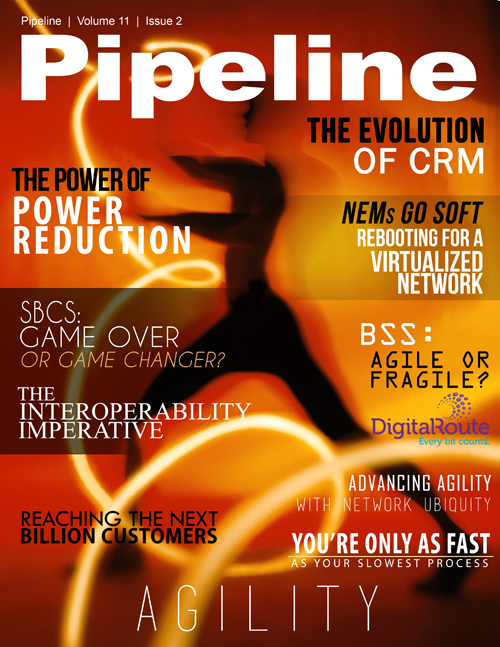Advancing Agility with Network Ubiquity
By: Jesse Cryderman

Ubiquity - /yuˈbɪkwɪti/
The state or capacity of being everywhere
source: Merriam Webster Dictionary
The notion of ubiquity extends back to early theologians who expounded on the omnipresent nature of their God. Ubiquity was also the name of Roy Ayers funky jazz project, and has certainly been the name of countless tech companies. Our concern, however, is not deities or music legends or even failed startups, but network ubiquity.
For most of history, networks have been walled gardens. By their very nature, they were limiting. American Telephone & Telegraph (AT&T) served US residents, and British Telecom (BT) served Her Majesty's royal subjects. Early communications regulations were essentially enforceable international treaties.
While some would argue international calling kicked off network ubiquity, in reality it was global subsea networks and the arrival of the Internet and the World Wide Web that changed everything. Global connectivity exploded the old sandboxes. The largest provider of long-distance voice service, Skype, isn’t even a traditional telco, and the messaging service with the most subscribers, WhatsApp, is just an over-the-top (OTT) application.
Today, the addressable market for service providers is the entire world, in both the consumer space, the enterprise space, and emerging areas like machine to machine (M2M) and the Internet of Things (IoT). In this article we will examine how access technologies, management technologies, and strategic partnering can help communication services providers (CSPs) develop and leverage network ubiquity and become more agile and profitable in the process.
About Ericsson
Ericsson provides industry-leading OSS/BSS solutions and professional services, based on the deepest and broadest experience in the business. With the agility to help you realize your tomorrow today, our solutions and services are helping operators around the world succeed in the Networked Society. This means being fast, flexible and in control, delivering great experiences to consumers, operating efficiently and developing innovative new offerings for a diversifying market. In a world where mobile, broadband and the cloud are fueling a fundamental transformation, managing the subscriber lifecycle and experience will become even more important and challenging. Look to Ericsson to support your modernization and integration efforts across the full OSS/BSS landscape. www.ericsson.com/ossbss
Constant Connectivity
As CSPs are faced with the need for ubiquitous connectivity, they must maintain access in planes, trains, and automobiles, leverage satellite resources for rural areas, utilize beam forming technologies to improve range and interference rejection, and team up with other operators to increase the breadth of coverage. Wireless access is typified by numerous access technologies and service providers providing the onramp. Access can be imagined as a wireless mesh, the result of weaving together and effectively utilizing a mesh of 2G, 3G, 4G LTE, Wi-Fi, small cell, and even satellite technologies.
A relatively recently added weapon in the carrier arsenal, Wi-Fi, is desirable because it's inexpensive, it operates in white space (or unlicensed spectrum), it has evolved to carrier-grade levels, and it's standardized on billions of devices. If you’ve travelled internationally, you’ve probably noticed the number of global service providers who partner with Wi-Fi providers in airports to offer access. This development is less than three years old, and Passpoint (seamless Wi-Fi authentication via Hotspot 2.0) has only been commercially deployed at scale since the fall of 2013.




















